
Amino acids might seem like a tricky biology term, but once you know their job, it’s actually simple - they’re like tiny building blocks that make all the proteins in your body, from muscles and hormones to enzymes and even your hair.
This blog breaks down what amino acids are, their structure, types, why some are “essential,” and what role they play in metabolism and overall health. Whether you’re prepping for an exam or just trying to understand how your body works, we’ve explained it all in a simple, student-friendly way.
Amino acids are small organic molecules that act as the building blocks of proteins and much more. They are involved in growth, repair, enzyme production, hormone regulation, immune support, and even brain function. Without amino acids, the human body simply can’t function.
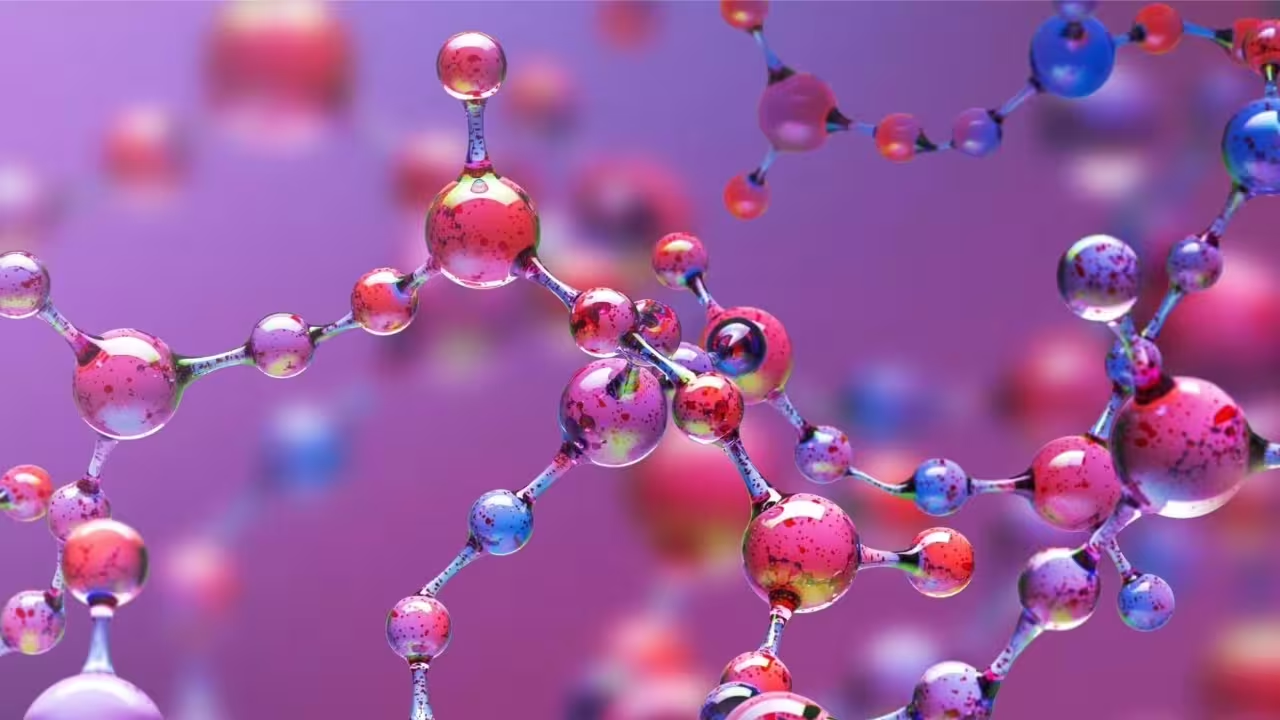
Each amino acid contains an amino group (–NH₂), a carboxyl group (–COOH), a hydrogen atom, and a variable R-group all attached to a central carbon. It’s this R-group that makes each amino acid unique.
There are 20 standard amino acids, out of which 9 are essential - meaning your body can’t make them and you must get them from food. That’s why essential amino acids (EAAs) are a key part of any diet.
From basic cellular functions to complex biochemical pathways, amino acids in physiology play a central role in keeping the body running smoothly - far beyond just forming muscles or proteins.
Every amino acid - no matter how different - follows the same basic blueprint. It’s simple once you get the hang of it.
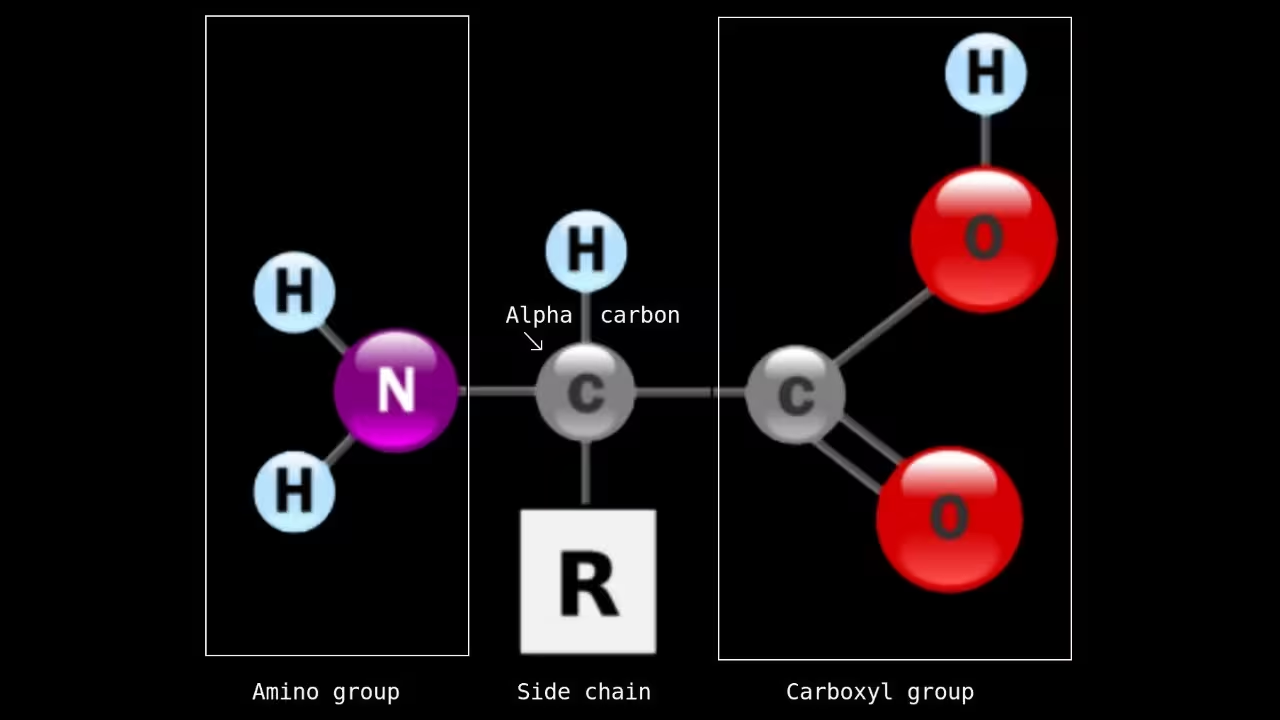
Every amino acid has five main components, and here’s how they’re arranged around a central carbon:
This entire structure is the foundation of amino acid properties, and it's what determines how they behave in protein synthesis and metabolism.
This classic carbon-centered structure is why amino acids aren’t just “protein bits”. They're biological tools that power everything from enzyme action to muscle repair.
There are 20 standard amino acids your body uses, but don’t worry - you don’t have to memorize all of them right now. What really helps is to understand how they’re grouped based on their side chains (R-groups) and how they behave inside the body.

Let’s break them into 4 main squads based on their polarity and charge:
These guys hate water and usually stay buried inside proteins.
They like water but don’t carry a charge.
These carry a positive charge at body pH.
They’ve got a negative charge due to an extra carboxyl group.
Each group has its own role in protein structure, enzyme function, and cell signaling. Knowing the type tells you how an amino acid behaves in your body - which is kinda the whole point of studying them.
Every protein in your body is made up of smaller units called amino acids. But not all of them work the same way. Some you eat, some your body makes.
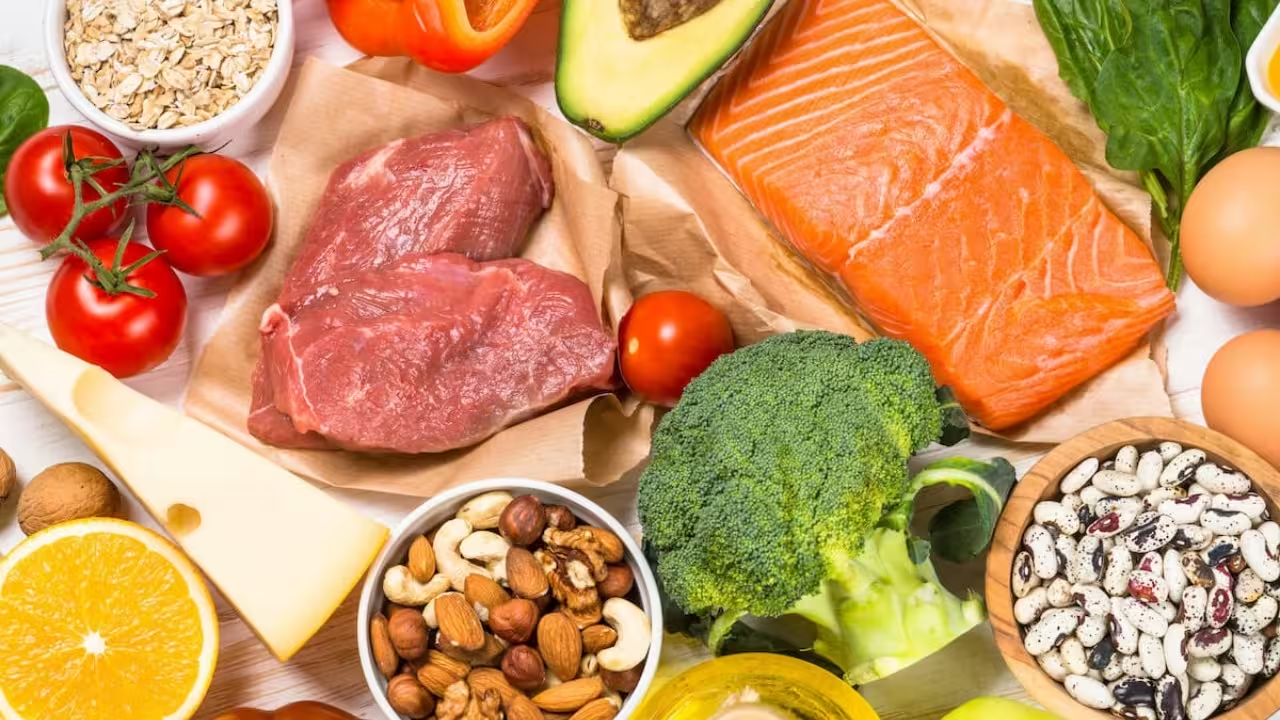
You can’t live without them - literally.
So, if your diet’s missing these, you’ll feel tired, lose strength, and recovery will be slow.
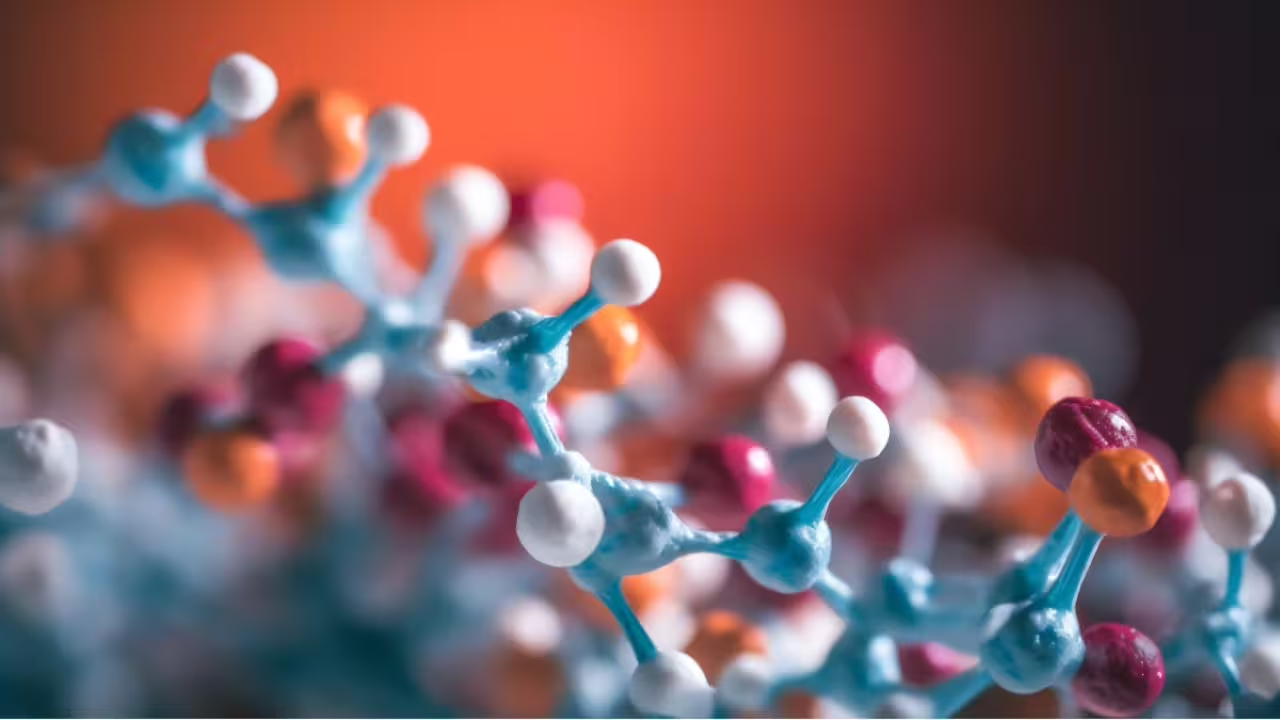
These are low-maintenance.
Important: Just because they’re called “non-essential” doesn’t mean they’re useless - they’re still super necessary for everyday functioning.
These fall in between the two.
Even though all amino acids share a similar basic structure, they don’t behave the same. And the reason? It’s all in the side chain - also called the R-group. That’s what gives each amino acid its own identity.
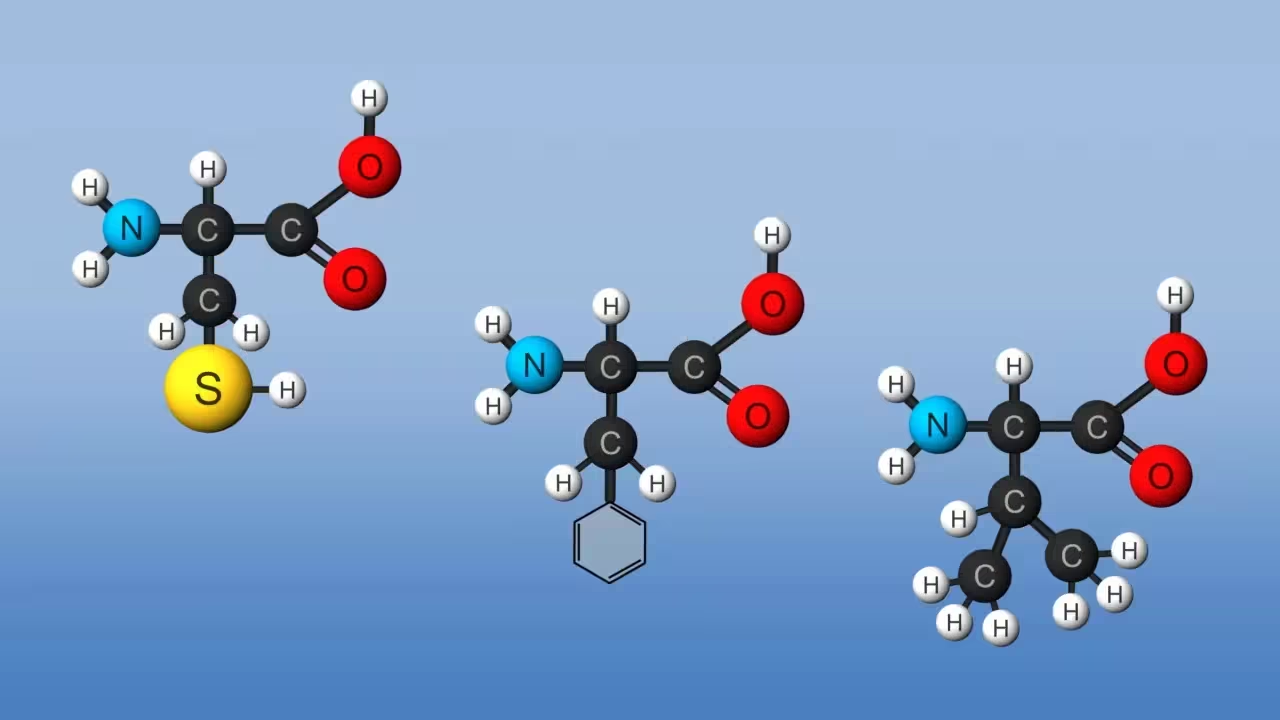
Let’s break it down without making it messy
Every amino acid has:
The R-group is what makes each one behave differently - it decides the polarity, charge, and reactivity. This is why we call them amino acids with unique features.
This charge affects how they interact inside your body or in a protein chain.
This decides where they’ll go when a protein folds - inside or outside.
In your body’s pH (around 7.4), amino acids exist as zwitterions.
This helps them act as buffers - balancing acids and bases in your blood.
All amino acids (except glycine) are optically active
This is important in protein structure and even drug design.
That’s about the properties of amino acids - they’re similar in structure but behave totally differently depending on their side chains.
You’ve heard amino acids are the building blocks of life - but what exactly do they build? Short answer: almost everything important in your body. Here's how:

Proteins - chains of amino acids. Your body uses 20 amino acids to create:
This is the most important function of amino acids in the human body.
Some amino acids help in:
So yes - they’re also key players in metabolism.
When you get injured or fall sick:
Doctors use amino acids in:
They’re not just for bodybuilders - amino acids in medicine and nutrition are used to save lives.
Protein synthesis is just your body’s way of making proteins using amino acids. It might sound all science-y, but honestly, it's just a super organized chain reaction. Let’s break it down:
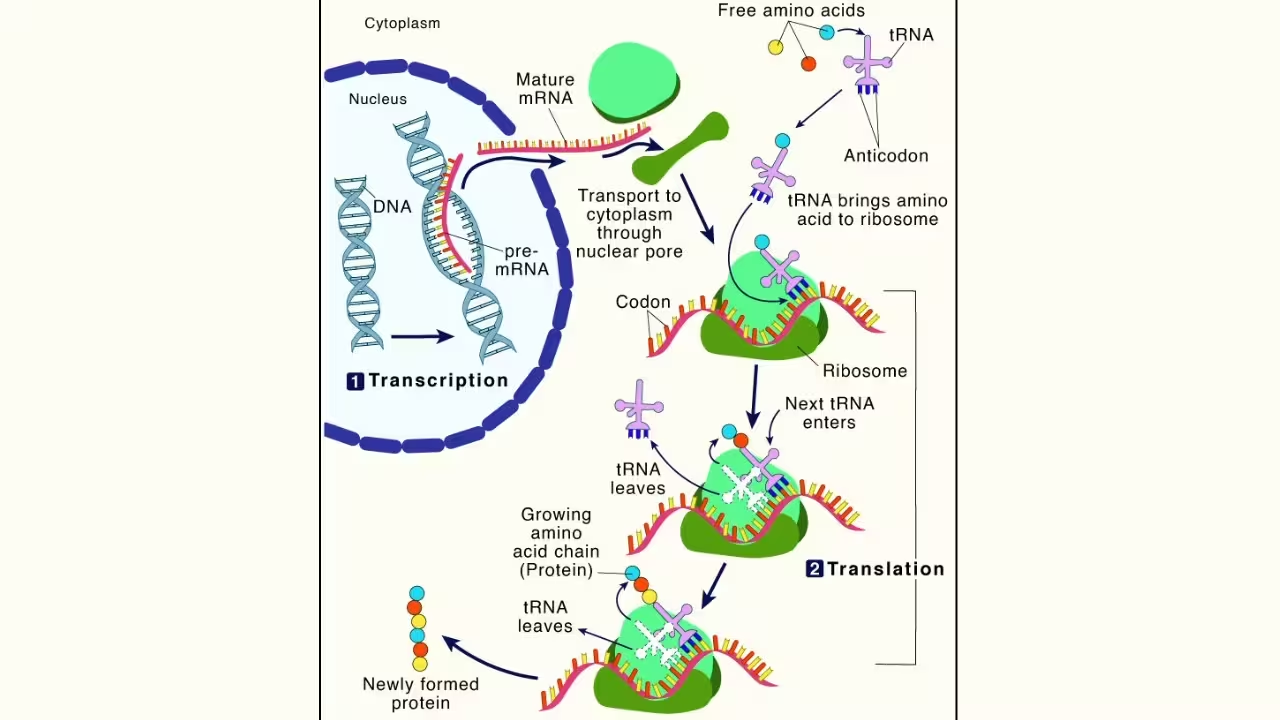
Your body starts with DNA (the real boss). But DNA doesn’t leave its place - it just copies the info into mRNA and sends it out with the instructions on which protein needs to be made.
Now the mRNA goes straight to the ribosome (basically, the protein-making workstation). The ribosome reads the code in 3-letter chunks (called codons). Each codon tells it which amino acid to use.
Here’s where tRNA jumps in - its job is simple: bring the correct amino acid to the ribosome that matches the mRNA code. Like food delivery but for amino acids.
As the ribosome reads more code, amino acids get added one by one. They’re held together by peptide bonds, slowly forming a chain - this chain is called a polypeptide.
Once the full chain is ready, it folds up into a proper shape and becomes a working protein — ready to build muscles, repair tissues, fight infections, or whatever your body needs at that moment.
So yeah, protein synthesis isn’t that deep once you break it into steps. It’s just your body turning amino acids into life-sustaining proteins, on repeat, every single day.
Peptide bonds are the reason amino acids don’t just float around separately in your body. They’re what connect everything to make proteins.
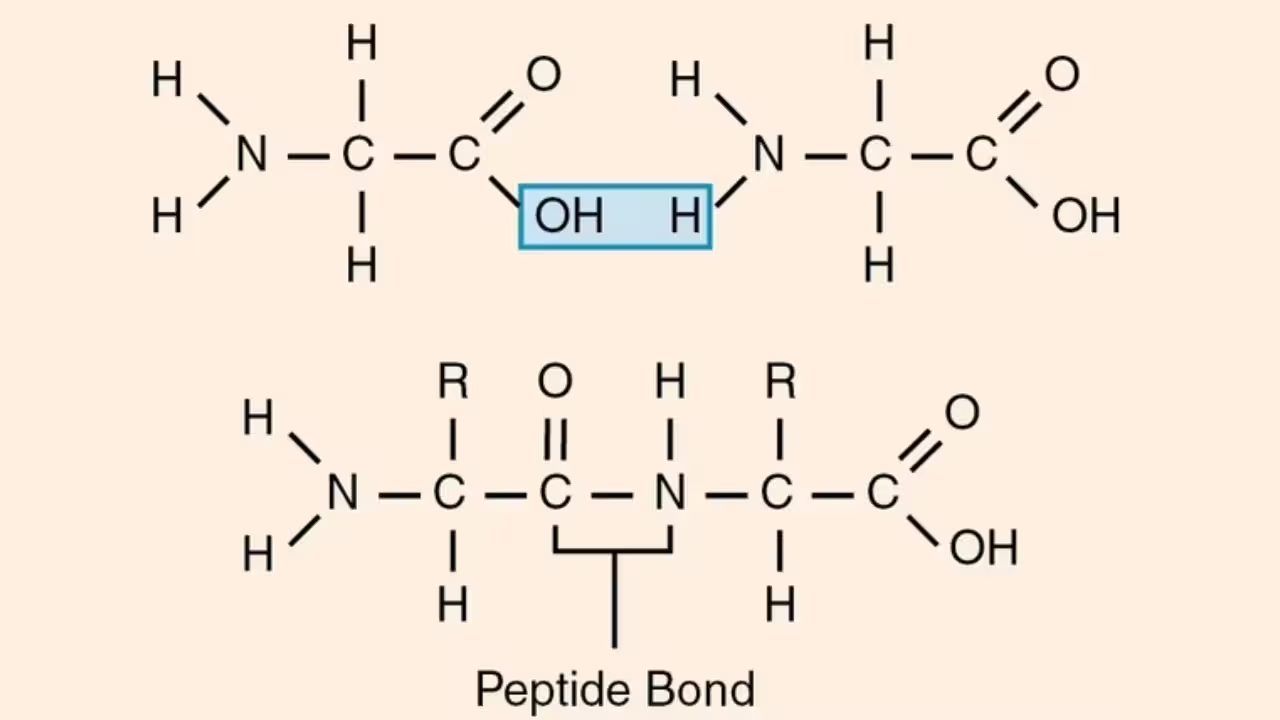
Picture two amino acids coming close. Instead of just sitting next to each other, they actually combine parts of themselves:
It’s almost like amino acids saying, “Cool, we’re linked now.”
This reaction repeats over and over, creating long chains called polypeptides. These chains eventually fold into proper proteins that do stuff like:
No peptide bonds? No proteins. No proteins? Your body stops working. That’s how crucial this simple connection really is.
Quick reminder: Every single protein you’ve ever heard of - collagen, hemoglobin, enzymes - starts with peptide bonds doing their thing.
Amino acids do a lot more than just help build muscles - they’re low-key running the show behind your body’s energy and balance. Here's how:
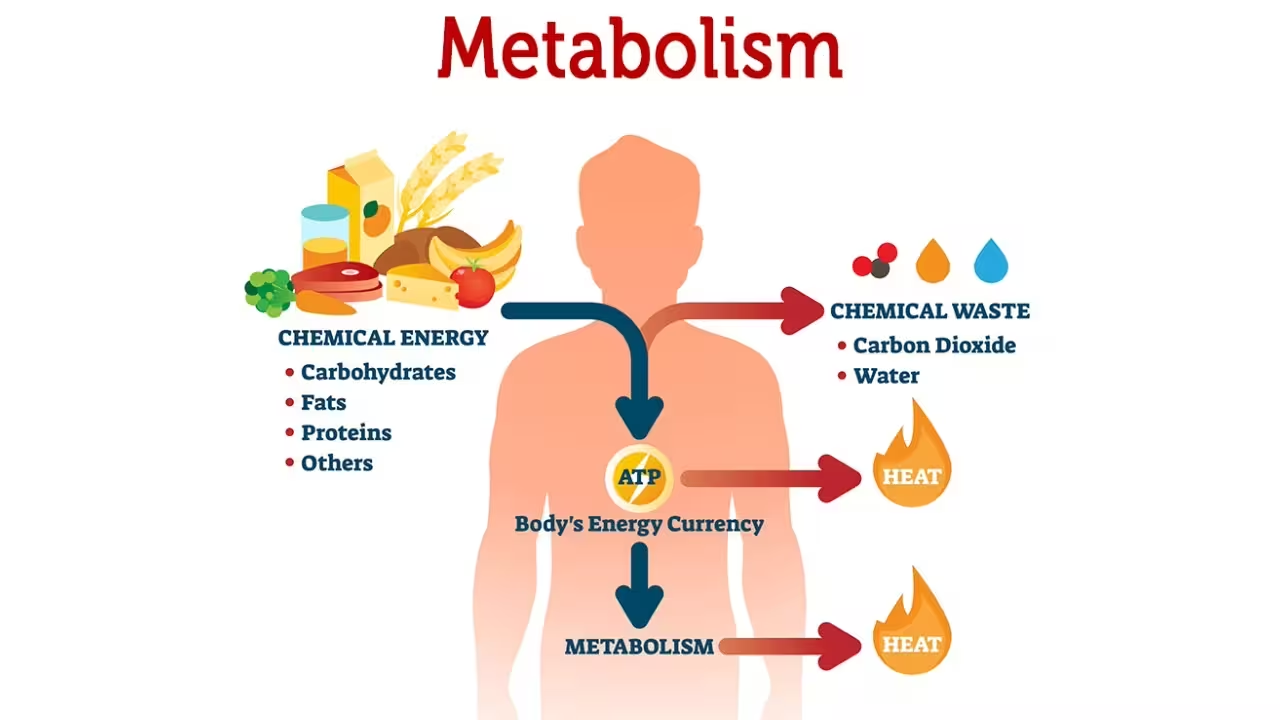
Energy on standby: When your body runs low on carbs or fats, it can break down certain amino acids to make energy. So yeah, they’re kind of the backup fuel plan when you're running on empty.
They make your enzymes work: Enzymes are those tiny proteins that make all your body’s chemical reactions happen faster - and guess what they’re made of? Yes, amino acids. So without them, metabolism would literally slow down.
They keep things stable: Amino acids help keep your body in check by:
Basically, amino acids are always behind the scenes - making sure your metabolism runs smooth, your energy is on point, and your body stays balanced.
Amino acids are not limited to fitness supplements - they play essential roles in both medical treatments and daily nutrition.

Medical significance: Amino acids are used in various clinical settings:
Nutritional importance: Even outside hospitals, amino acids are key to daily health:
In short, amino acids are crucial in maintaining health - whether for recovery, growth, or disease management.
